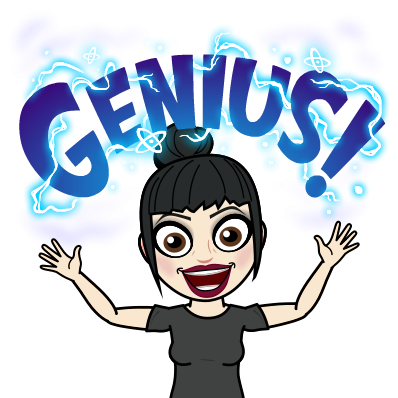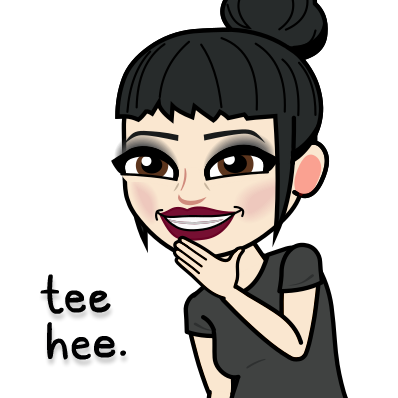I love finding fun, easy, and inexpensive ways to transform a classroom or organize supplies. You can find a bunch of ideas on Pinterest (
see my board here), but I'm going to tell you about a few of my very most favorite classroom hacks that I've actually used in my own classroom!
 |
| Go figure - these tables already had the ability to be raised to countertop height! |
1. STANDING DESK
I'm all about flexible seating arrangements and letting students choose and customize their learning environment to maximize comfort, motivation, and overall learning. You can read more about
my tips for flexible seating here.
I wanted to get a standing desk for my classroom, but dollars for purchasing new furniture aren't exactly flying through the door. So I thought about it, and envisioned a possible solution for raising my existing tables,
like this, using those bed risers commonly found in college dorms. But then... I looked closer at my tables, and it seemed like I may have already had the solution right in front of me. The existing tables could be adjusted and raised to a standing height without any modification at all! So before you go spending money (even a small amount, like those bed risers) on equipment or furniture, be sure that you've already ruled out the possibilities of your existing items!
2. DIY WIPE OFF TABLES
One of my most popular blog posts is
this DIY on how I painted my own wipe-off tabletops. I love them so much! We use them for group work, brainstorming, and even filming title/caption sequences using
WeVideo for our video projects!
I am happy to report that these tables have really held up over time! Sure, there are a very few tiny nicks here and there, but nothing that one quick refresher coat couldn't fix for next year. And even if I didn't feel like fixing them, they're still good enough to use as-is!
3. MOUSE AND MIC STORAGE
I'm kind of obsessed with efficient storage and having a place for everything. Tangled cords drive me crazy. Therefore, these wall-hanging shoe pouches are PERFECT for USB mice, microphones, and digital cameras. And because they're clear, I can quickly and easily see that everything is accounted for. For more on my organizational/storage tips, check out
this blog post here.
4. CONTACT PAPER "CURTAINS"
So... this hack really doesn't do a whole lot except make your room look pretty, but I believe that a nice-looking classroom is more inviting and comfortable for students, therefore improving the work ethic and motivation of the class overall. Schools often don't allow fabric curtains because of fire codes, or maybe you don't want that hassle of them getting all dusty and gross, or (in the case of my classroom door) getting caught in your doorway.
I bought some
fun contact paper via Amazon that had a horizontal zig-zag print, and cut it to look like a valance. Then all I had to do was peel and stick to the windows! It looks great on my classroom door as well as my "fishbowl" window along the wall that looks out into the hallway.
5. EASY DIY WHITEBOARD PANELS
A super easy way to create large whiteboard panels in your classroom is to laminate sheets of posterboard! You can mount them to your wall, or use them like giant placemats on desks or tables. In the picture above, I've laminated a posterboard sheet and drawn an X- and Y-axis (using permanent marker, so it won't erase) for the purpose of illustrating location coordinates for sprites in
Scratch. The scratch cat cutout is stuck to the poster with sticky tack so that I can move him around as needed, but I can also draw and take notes on the posterboard that can be wiped off later!
These posterboard panels are also fun to use for group projects, in place of those disposable giant sticky note sheets, where a group can write on it on a tabletop to work, but then hang on the wall for display and sharing out their work later on.
* * * * * * * *
Those are my top 5 current fave classroom hacks... But wait, I've got one more BONUS hack!
BONUS!
6. WIPE-OFF WINDOWS
Have you considered using your whiteboard markers on your windows? I used to work with a 6th grade math teacher who let students work out their equations on the windows using wipe-off markers. It was cute because his room faced the front of the building, and I'd pull into the parking lot and see the work done by students in class on the previous day. This extremely low-tech "hack" is smart purely because it's likely going to be something NEW to the students, the same way that my tabletops are exciting to them because they "get to write on the furniture." They're still learning the same content, the same standards... but because they're using an exciting new method, they will be motivated and more likely to remember the whole experience!
Have you tried any of these classroom hacks in your own classroom? Do you have any other favorite classroom hacks to share?
- Mrs L.



















































